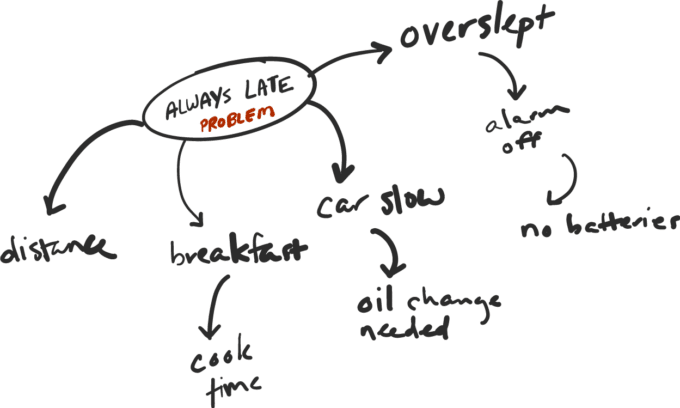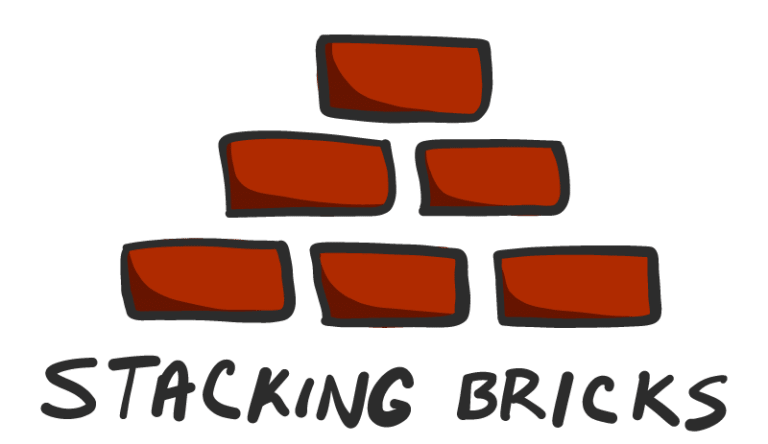
Solving Complex Problems & Dispelling Anxieties
How’s that for a headline? Rolls right off the tongue. Let’s dive into creating solutions, getting rid of clouded thinking, and making forward progress.
Artfully Frustrated, Again
There are times where I find myself being Artfully Frustrated, again. I have to remind myself that others experience this, it’s a sign that I’m still growing, and to push on forward.
That frustration comes from a drive to constantly be improving. As with all things in life, there is a balance. When that drive escalates to perfectionism, then it can be a problem. Dysfunctional perfectionism is at the heart of depression, anxiety, workaholism, procrastination, and suicide.
How do we change for the better? By focusing on what we do have, being thankful, expressing gratitude, and being authentic.
Authenticity & Gratitude
Authenticity is the daily practice of letting go of who we think we are supposed to be and embracing who we really are.
When we are focused so hard on expectations, even those that are imposed by our own self, it leads to anxiety.
Instead, we should trade those expectations for appreciations.
The best way to get rid of that worry is to express gratitude. The two can not coexist.
In the book Flourish, author Martin E. P. Seligman suggests keeping a gratitude journal or the Three Blessings Journal. At the end of every day write down three things that went well and why they went well.
When I worked at the Apple Store for a summer in 2010, we were trained to ask customers open-ended probing questions. It gets at the heart of why a customer is shopping and how best to meet their needs. This Forbes article paints a clear picture:
Probe politely to understand all the customer’s needs. This simply means to ask a series of closed and open-ended question so you can match the customer with the right product, not the most expensive product. In the Apple Store, a closed-ended question elicits a simple yes or no such as, “Will this be your first Mac?” An open-ended question is more general and gives the sales associate (specialist) more information to guide the conversation. For example, “What will you be using the iPad for?”
Asking why probes further and gives clarity. That’s why we do it in the gratitude journal. I’m thankful for my brother. Why? He is always there to talk with me when life seems overwhelming. Even further…Why? It’s great to have someone to talk to when you feel alone in your experience.
Design Thinking
Ever have a problem that doesn’t seem like it can be solved? Really it’s because we are asking the wrong question. We could be seeking out the wrong problem altogether.
Wikipedia describes design thinking as the following:
Design thinking identifies and investigates with known and ambiguous aspects of the current situation to discover hidden parameters and open alternative paths that may lead to the goal. Because design thinking is iterative, intermediate “solutions” are also potential starting points of alternative paths, including redefining of the initial problem.
Design thinking allows you to be able to look at a problem from a different angle. Step back, adjust, and view it again.
For example, let’s say you are worried about being late all the time. You could make a mind map to find the underlying cause. The problem isn’t that you are late all the time. That’s a negative, sure.
 Always late problem
Always late problem
However, if you dig deeper perhaps you find that really it’s because the car isn’t performing as well. Again, ask why. Well, the oil hasn’t been changed and is overdue by a few thousand miles. Bingo.
This is particularly useful if something feels overwhelming. That’s usually an indication to investigate further.
Stacking Bricks
When a problem or project seems overwhelming, visualize it as stacking bricks.
With every brick laid you are building momentum. It may not be fast. That’s okay. Building something of quality takes hard work, time, patience, discipline, mindfulness, and consistency.
 Stacking bricks illustration
Stacking bricks illustration
This can be applied in two ways. If the project seems too big, break it down into smaller digestible chunks. Bricks. I love using Trello for this.
A column in Trello could be the overall goal and then each card created can be the tasks it takes to accomplish that goal.
In a visually similar fashion, Post-it Notes are a great way to brainstorm, break a project down, and plan as well.
There is something about using offline methods in ideation that feels so satisfying. Diagramming, mind mapping, Post-it Notes on a whiteboard, storyboards, and the list goes on.
Key to Great Design ????
The key is turning problems into possibilities. Stepping back, looking at it in a new light, and finding solutions. That’s what I love most about design.